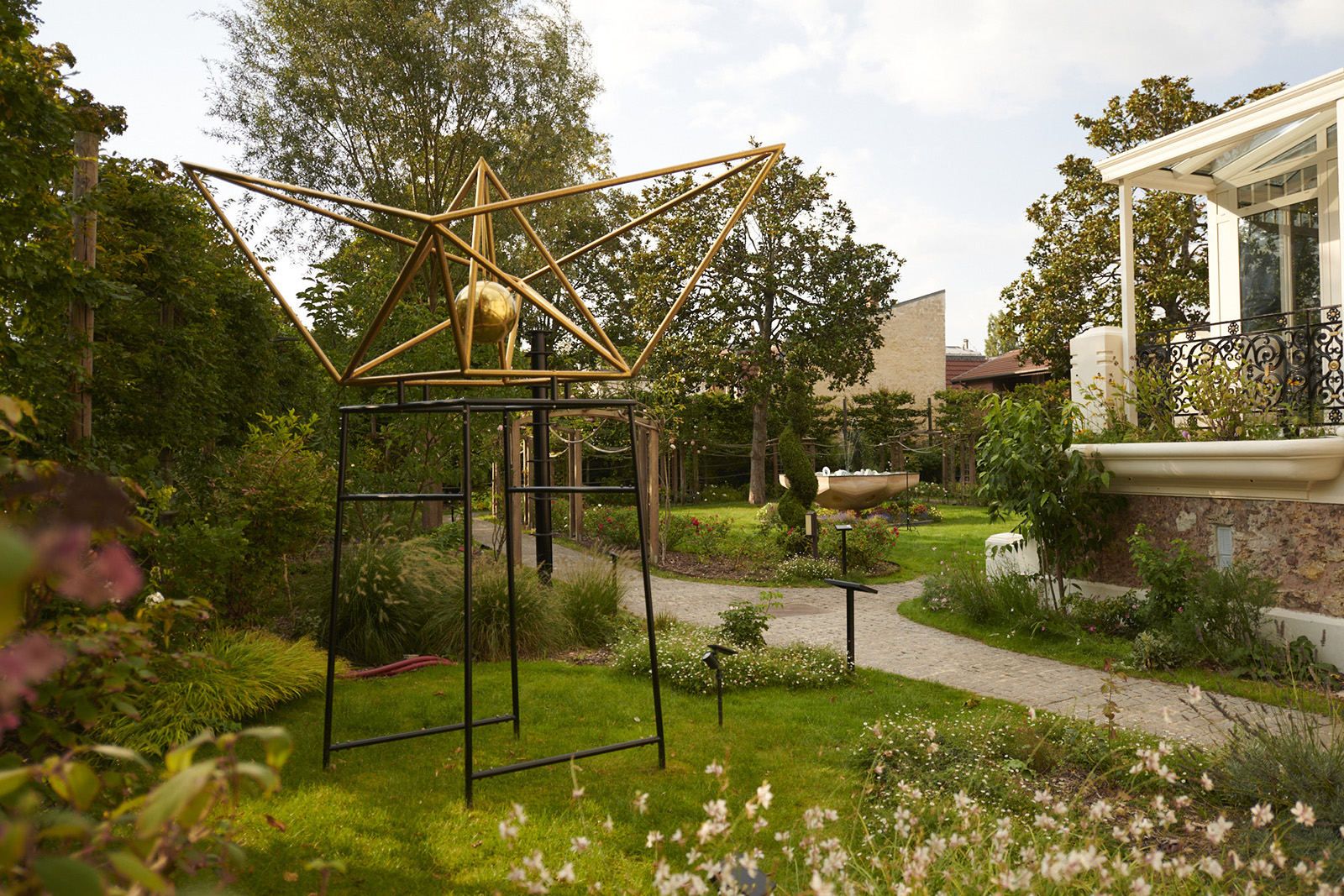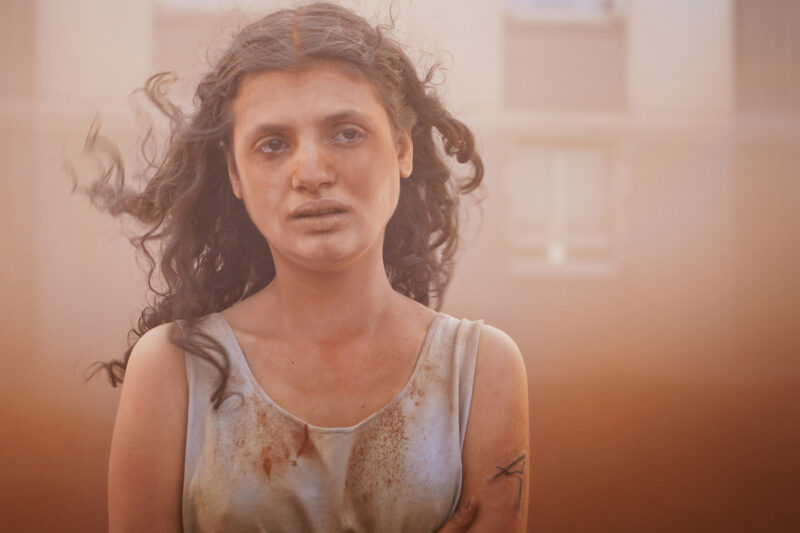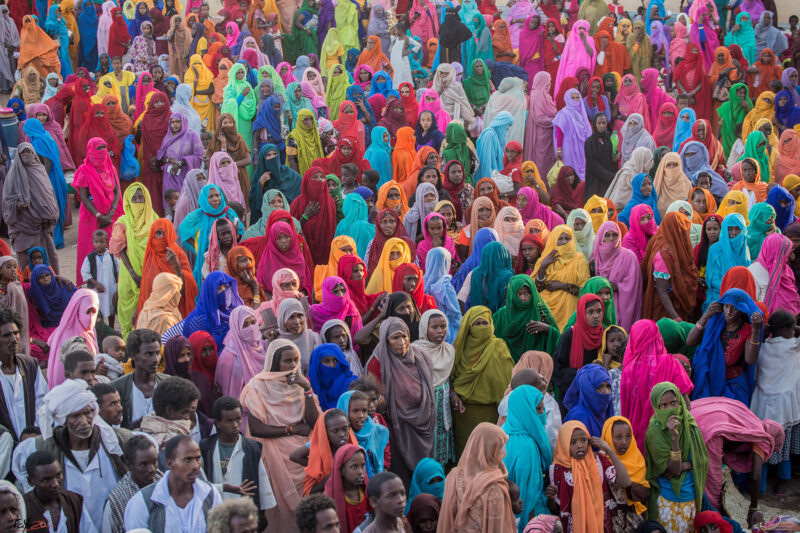Inside the world’s first museum of Sufi art and culture
The Musée d’Art et de Culture Soufis on the outskirts of Paris offers a vibrant introduction to Sufism and its influence on western culture

“If the ocean is existence itself, there has to be one definition for the drop and that is water.” At Paris’s new Musée d’Art et de Culture Soufis (MACS MTO), the world’s first museum dedicated entirely to the Islamic practice of Sufism, I am getting life advice from a dead spiritual master. Sat in a diorama of a book-lined Iranian study, a hologram of Hazrat Shah Maghsoud Sadegh Angha — 41st in a line of Sufi masters dating back 1,400 years — tells me I am part of something bigger.
Gnomic pronouncements — designed to create awareness of deeper truths — are a characteristic feature of Sufism. “I must have heard his sermon at least 15 times and I still don’t really understand it,” says museum director Alexandra Baudelot. “Well, I understand, but I don’t understand. And I imagine in 10 years’ time, I won’t understand it in the same way.” Such is the subjective, fluid form of enlightenment Sufism tends to promote.
The museum, which opened in September, is a haven of calm in a handsome, ultramarine-liveried 19th-century mansion in the western Paris suburb of Chatou. A garden with both Persian and French influences, lined with rose-laden trellises and shaded by large magnolias surrounds the house. Opposite is the river Seine’s Island of Impressionists, where Monet, Renoir and Degas once painted. In contrast to their short-lived flare of inquiry into subjective perception, Sufism is the centuries-long quest to immerse believers into a wider river: attaining personal experience of God using esoteric techniques that in some cases pre-date Islam.
This search for one’s divine essence inspired the title of MACS MTO’s inaugural exhibition, Un Ciel Intérieur (An Inner Sky), taken from a quote from the 12th-century Andalusian Sufi philosopher Ibn Arabi. The first object you encounter on the ground floor of the museum’s 600 square metres of exhibition space is a kaleidoscopic frontispiece from a 19th-century Persian Qur’an.

The exhibition goes on to offer a crash course in Sufi concepts, symbolically demonstrated by totemic objects donated by the MTO Shahmaghsoudi, the international Sufi school that owns the building and instigated the museum. Seventy of the 300 objects in its collection are currently on display.
“My life’s work has been dedicated to making the teachings of Sufism accessible worldwide,” professor Salaheddin Ali Nader Angha, the school’s 42nd master, explains in the foreword to the museum’s catalogue. “With the opening of MACS MTO, this version takes on a new dimension.”
First in the collection is the kashkūl, an alms bowl carried by wandering dervishes laden with spiritual meaning. “It represented the necessity for the Sufis of cultivating an inner emptiness and cleansing and polishing one’s soul in order to set out on the spiritual path,” explains Baudelot. Alongside the many calligraphy-embellished examples is a coco de mer shell, the material from which many kashkūl were originally made, which undergoes the self-same buffing process in the ocean.
Nearby is a case of engraved tabarzīn — double-headed axes that, in contrast to their one-time function as instruments of war, represent for Sufis the severance of worldly attachments. One of the tabarzīn on show — an ornamental beauty wrought from white gold with a ruby at its heart — is the emblem of MTO Shahmaghsoudi.

Then there are decorative padlocks, with examples shaped like a lion, a goat and a peacock, which symbolise that the heart must open up to wisdom. Interspersed around the room are contemporary artworks in communication with those ideas, such as scarlet painting by the Thai artist Pinaree Sanpitak, which link kashkūl to the vessel of female anatomy; or the geometric mirrored mosaics of Iranian master Monir Shahroudy Farmanfarmaian that incarnate the light and movement so important to Sufism.
The second floor is devoted to the figure of the teacher, mandatory in the Sufi tradition — as opposed to simply learning from books. There are two khirqa, or cloaks, handed down between masters of the same lineage: one a sheepskin garment from the 19th century, the other a magnificent purple velvet garment from the 20th century. As well as a set of exquisite meditation canes, there are exhibits relating to the arts transmitted by these gurus: calligraphy, recitation and, most famously, the whirling dervishes and the sama meditation practice of dance and music.
Baudelot is quick to stress the museum’s day-to-day separation from the work of the Sufi school MTO Shahmaghsoudi, which has 150 learning centres around the world. “We’re taking an artistic and cultural line that has no link to any form of proselytism, or the idea of an act of spiritual transmission,” she says.
That might be pragmatic PR in the light of the discriminatory perception of Islam in many quarters of France. The museum’s secular slant is typical of a wider trend to present Sufism as neutral apolitical “heritage”, says Alix Philippon, an associate professor and researcher at Sciences Po Aix university, who has conducted fieldwork with Sufis in Pakistan, Iraq and in western contexts.
“There has been an effort, in many Muslim countries but also in the west, to present Sufism as an alternative to ‘radical’ Islam in the framework of the war on terror. One way of doing so is by presenting it through its more cultural dimensions, like poetry and music, these universal art forms that can interact with the west more easily,” says Philippon.
But, she adds, that omits aspects of Sufism that do not fit these cultural interpretations, such as its branches implicated in politics. “Historically, Sufis and their institutions have often been heavily politicised,” Philippon says. “Sufis have become prime ministers and presidents. Sufi leaders have mobilised against colonisers and led popular jihads, from Algeria to India. Many Islamists were initiated into Sufism and were influenced by this tradition, such as Muslim Brotherhood founder Hassan al-Banna and Ayatollah Khomeini.”

Having a museum apply its rational, taxonomic framework to an inherently mystical and nebulous body of knowledge might also seem like a contradiction. Or perhaps not — as is hinted at on Un Ciel Intérieur’s sparse uppermost floor, dedicated to the theme of the inner transformation sought by Sufi adherents. As limber masnavi (a narrative musical-poetic form) intonations play from a sound installation, this is where contemporary art takes the main stage.
Iridescent, almost volcanic-looking tableaus made from bismuth metal by the French artist Seffa Klein dominate one room. There are peculiar petrified-looking chairs in the corner with ferns pouring out of them and wishing wells by the South African artist Bianca Bondi, which pry open the intermediary spaces between man and nature where change can occur. Further emphasising the porosity of the borders between Sufi thought and multiple other cultures is a large textile piece created for the museum by Zimbabwean artist Troy Mazaka; half cave painting, half map, it charts the relationship between the spiritual and material worlds.
For Baudelot, contemporary art grasping at such metaphysical questions is akin to the essence of Sufism: “Creation is the most fluent way of communicating concepts that are often difficult to name in language.”
Un Ciel Intérieur runs at MACS MTO, Paris, until 6 April 2025.
 Newsletter
Newsletter













